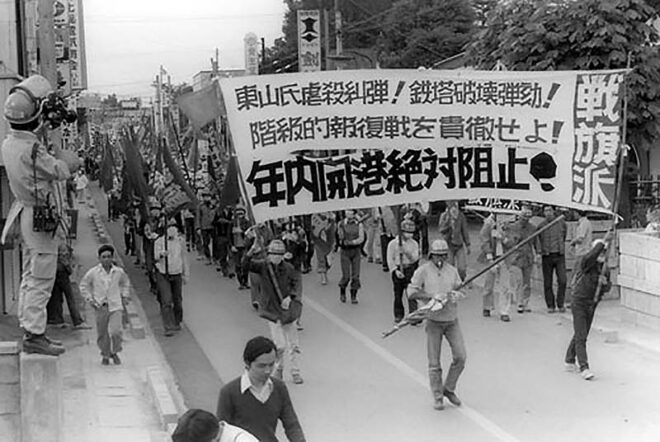

・This series is a Battle Flags Communist League (BFCL) Photo collection.
・This page is posted as a record of historical news. Please feel free to reprint it.
・The descriptions in the photos are based on the original materials, and the [memo] is my personal opinion based on my personal experience, and neither is intended to guarantee accuracy.
Commentary on the “Battle Flag Fraction” – About Web Photo Album
Major events in 1977
Inauguration of President Carter; China declares end of Cultural Revolution; Lockheed trial begins; U.S. plane crashes in Yokohama residential area; Egyptian President Sadat visits Israel; Sadaharu Oh wins first National Honor Award; karaoke boom; black and white broadcasting ends.
[Sponsor Ad]
Contents -このページの目次-
- Sanrizuka(Narita) Struggle and the Construction of a Road to Destroy the Great Iwayama Steel Tower
- March 19: Local struggle at Haneda to prevent Prime Minister Fukuda from visiting the U.S.
- June 19, Higashiyama-kun Massacre Protest, Narita Airport to be Abolished! Rally
- Aug. 9: Impeach dismissal of appeal in Sayama case
- August 23, Sayama Case: Impeach the dismissal of the appeal.
- December 7: Sanrizuka-Iwayama Fortress under construction
Sanrizuka(Narita) Struggle and the Construction of a Road to Destroy the Great Iwayama Steel Tower
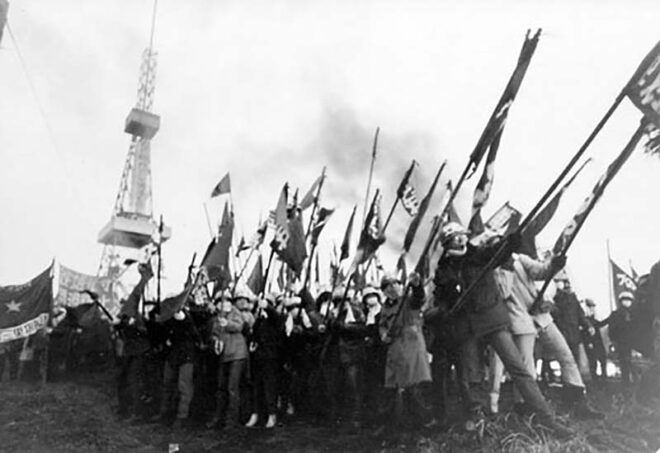

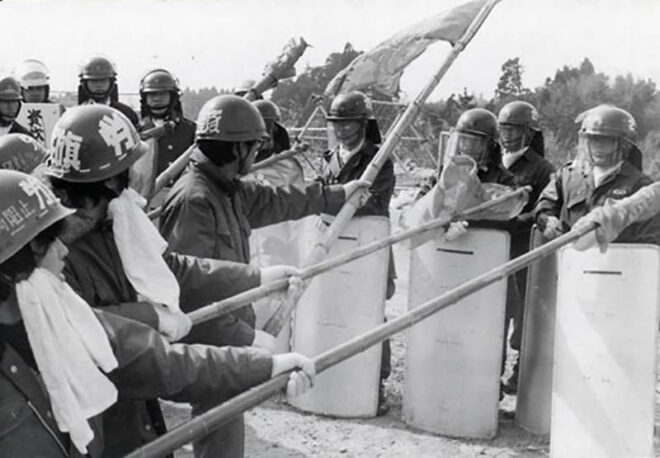
| Timeline: The Sanrizuka(Narita) Struggle of 1977 | |
| Jan. | At his New Year’s press conference, Prime Minister Fukuda stated, “Opening the port by the end of this year will be the most important domestic policy issue. The construction of a road to destroy the Iwayama Pylon resumes, and the local offensive continues. |
| Mar. | Rally against Jet Fuel Rail Transportation in Chiba |
| Apr.17 | 23,000 People Rally at Local Rally, Largest Ever for Sanrizuka Struggle |
| May 4 | Chiba District Court grants application for provisional injunction to remove steel tower. The court made an exceptionally poor decision by only reviewing the application without an on-site inspection. The opposition immediately filed an appeal and went to court, |
| May 6 | During the appeal against the lawsuit, the company entered the house for a “house search” and destroyed the steel tower under the guise of “seizure”. They later lied that they were executing a provisional injunction, and destroyed the Iwayama tower. They called it a “house search,” but did not allow the parties concerned to be present as required by law. |
| May 8 | Protest rally at the plaza in front of Chiyoda Agricultural Cooperative. Kaoru Higashiyama, a relief worker, is killed by a gas gun fired by riot police. Outrage of opposition and support reaches its peak. |
| May 29 | Local rally to denounce the Higashiyama-kun massacre |
| Jul-Aug. | The Struggle to Stop Jumbo Flights. Great march connecting Sanrizuka and the whole country. |
| Oct. | General rally at Sanrizuka site |
| Dec | “Opening of the port by the end of the year” fails due to fierce resistance from farmers, and is postponed until March 30, the end of the fiscal year.” Construction of Yokobori Fortress begins. |
Testimony of the Parties
★1977.5.8.8 Protest against the destruction of iwayama- tower(We are the tower attackers!)
★What was the decisive battle to prevent the opening of the port? Documentation Part 1(Yajiuma zatuki)
★Novel Sanrizuka(By Issaku Tomura)Novel describes the construction of Iwayama-tower
On this day in 1977, May 8, Sanrizuka struggle supporter and cab worker Kaoru Higashiyama was hit in the head by a riot police gas shell and died two days later. The incident took place at a protest rally held by local farmers in protest of the Airport Corporation’s unannounced destruction of the large Iwayama steel tower on May 6. Higashiyama was an unarmed relief worker and was wearing a Red Cross number that day.
@artscape_tha·Twitter
[Memo] Higashiyama massacre
Kaoru Higashiyama, who was killed, was a volunteer (non-partisan) who helped the injured and infirm at the rally site. He was unarmed and wearing a number in the shape of the Red Cross and no other equipment at the site so that riot police and others could recognize her even in times of confusion.
Naturally, the riot police and public security officials had known about Mr. Higashiyama for some time, but they dared to attack the relief station where he was being treated.
When Mr. Higashiyama sat down to protect the injured from the riot police, who were about to break in, the riot police shot him dead by shooting him in the side of the head with a plastic bullet-type gas gun from a close range of 5 meters.
The gas bullet is approximately 20 cm long, 4 cm in diameter, and has a plastic bullet body with a wooden section and a 1 cm long steel pipe at the end. It weighs about 150 grams and is powerful enough to punch through plywood from a distance of 20 meters.
Quoted from Asahi Shimbun, January 19, 1969.
In June of the same year, Higashiyama’s parents filed a lawsuit seeking a total of 93.8 million yen in damages to hold the Fukuda government and Chiba Prefecture responsible. The government denied the murder and the first trial court dismissed the plaintiffs’ suit, but on appeal in 1990, the court “inferred” that Mr. Higashiyama was shot to death by a riot police gas gun after a death certificate was submitted, which clearly showed that he was shot to death, and ordered the prefecture to pay 39.4 million yen in damages.
As can be seen in the expression “inferred,” the decision was probably made with considerable reluctance. Furthermore, it was a political decision that exonerated the national government, which was actually responsible, and placed the blame on Chiba Prefecture to minimize the ripple effect, which was confirmed by the Supreme Court in 1996 when it rejected the prefectural government’s appeal.
But in any case, the trial that took 19 long years and the regret of the parents and Mr. Higashiyama was finally acknowledged to have been an unjustified shooting death.
March 19: Local struggle at Haneda to prevent Prime Minister Fukuda from visiting the U.S.
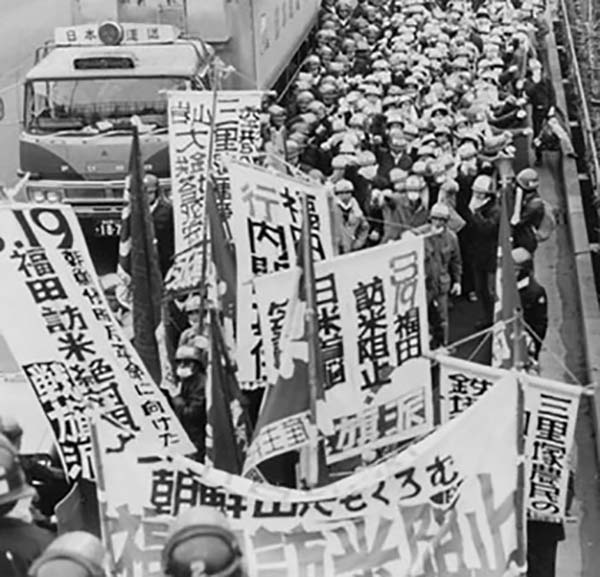
[Sponsor Ad]
June 19, Higashiyama-kun Massacre Protest, Narita Airport to be Abolished! Rally

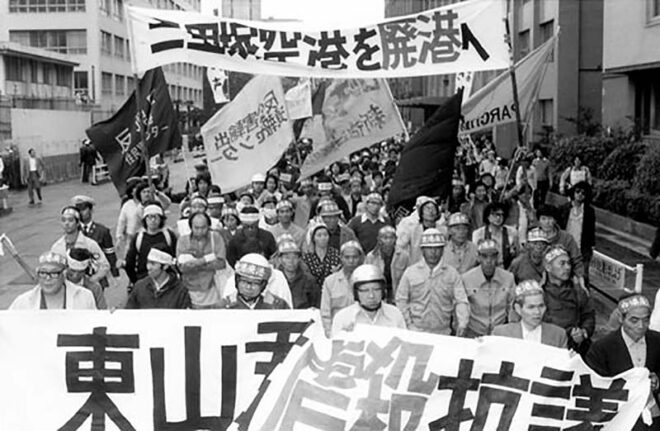

[memo] It is often said that the government, which was supposed to have cracked down on opposition movements using the “law” as a shield, albeit as a pretext, has become a “series of lawless zones” since the Fukuda administration came to power. Prime Minister Fukuda, who was unpopular because of the Lockheed affair, was determined to have the port open by the end of the year, no matter what.
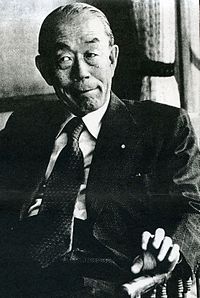
This has been going on for a long time, but acts such as mass beatings of people deemed to be supporters under the guise of “checkpoints,” smashing up vehicles and snapping off mirrors, etc., were rampant in broad daylight, as if it were a matter of course. When they tried to protest or take pictures, they were arrested for obstruction of justice. Finally, a non-combatant, Kaoru Higashiyama, who was merely assisting an injured person, was shot dead without question and without resistance.
In fact, until then, the farmers of the opposition alliance, who were heading for the battle for the steel tower, had continued to put a stop to the armed struggle of the supporting students and others. Although this may seem surprising given the public impression of Sanrizuka, the farmers of the opposition alliance had consistently taken a line of disobedience since the start of the struggle, including legal sharing of the steel tower and sit-ins on their own land, resolutely resisting the violence of their opponents but not attacking them themselves. In fact, for more than six years there have been no notable clashes with riot police. Then came Fukuda’s arrogant attack, in which he put his own dignity before human life and the law. This is a situation that we should say we have run out of patience with.
The unlawful destruction of the pylons and the shooting death of Kaoru Higashiyama were the turning points, and the farmers’ resentment reached its peak. Issaku Tomura (chairman of the Alliance Against the Airport) stated, “Neither the government nor the police obey the law one bit, and they can do anything they want now.
Subsequent retrospectives and news reports indicate that the government and police underestimated the opposition movement, believing that “preventing the opening of the port” meant only defending the pylons and sporadic resistance around the airport, and that the “radical struggle” would be isolated.
Some pro-airport critics of the same view even made statements praising the government’s disregard for the law, such as calling the removal of the pylons “bloodless. For the local people, however, it was in fact not “bloodless” at all.
Contrary to the government’s expectations, however, the destruction of the pylons and the killing of Higashiyama did not calm the opposition movement, but rather intensified it. Resistance to the riot police also became the norm, and the riot police were frequently defeated by angry and motivated support forces. This fierce resistance finally led to the collapse of Prime Minister Fukuda’s “open port by the end of the year” policy.
The Fukuda administration deployed 10,000 riot police (!) ) and declared that the airport would open by the end of March of the following year. However, opposition groups stormed the airport and took over the control tower (March 26, 2011), overturning the government’s prediction of “sporadic resistance in the vicinity” and destroying everything in their path.
In this 3.26 battle, the police made extensive use of handguns, including for intimidation, and Yukio Niiyama, a member of the raiding party, was killed by flames from an oil drum ignited by a stray bullet. Some media described these events as a “civil war. Once again, the government’s strong-arm tactics backfired. Immediately after this, business leaders began working to conclude a “truce agreement” between the government and the farmers, and Fukuda, who had taken a very hard line, temporarily lost control of the Narita Airport issue.
Aug. 9: Impeach dismissal of appeal in Sayama case
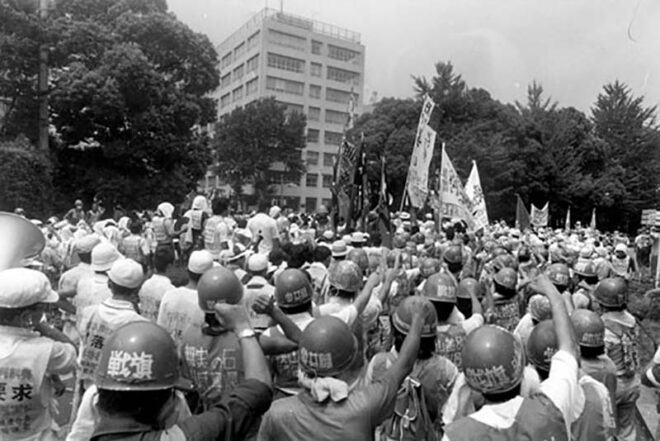
August 23, Sayama Case: Impeach the dismissal of the appeal.
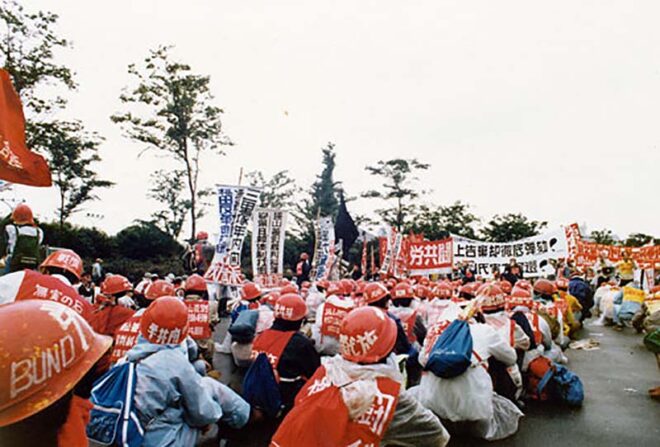

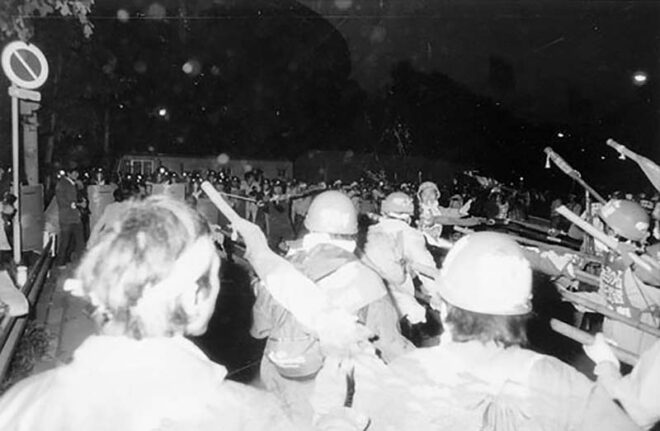
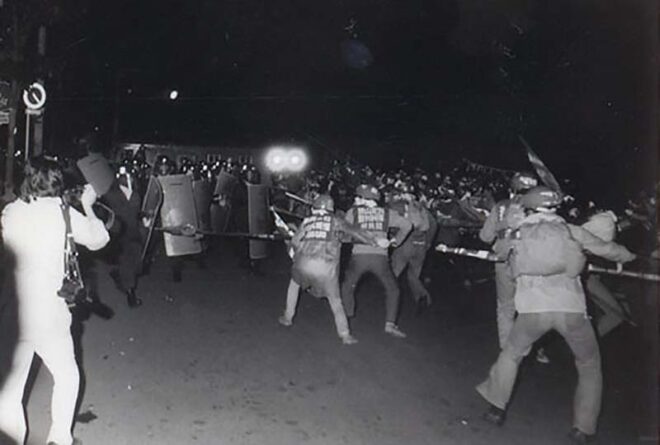
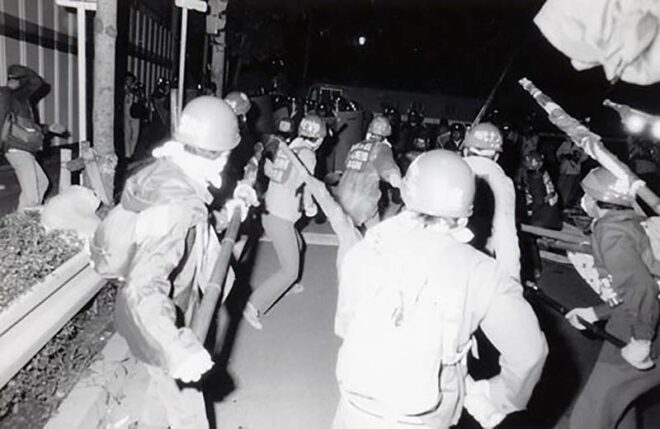
December 7: Sanrizuka-Iwayama Fortress under construction
A 100% legal structure built on the site of the Iwayama Great Steel Tower. However, it was unilaterally sealed off by the Narita Security Legislation. The building now remains as the “Iwayama Struggle Memorial Hall.
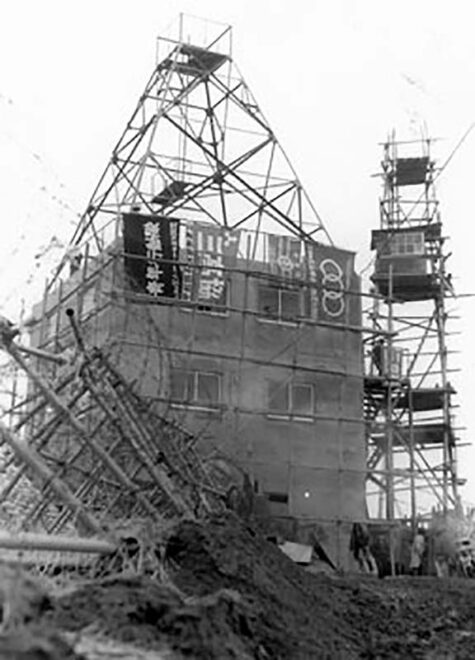



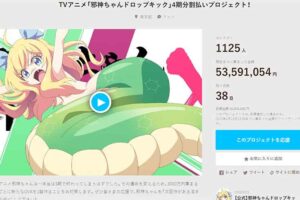

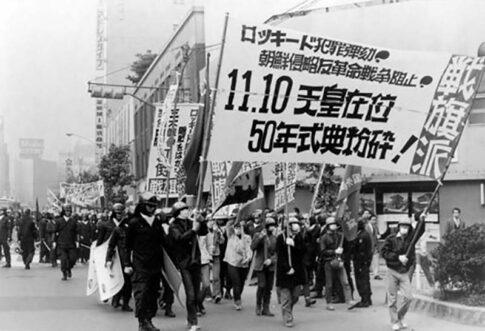

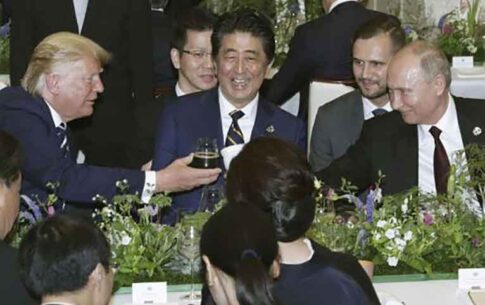

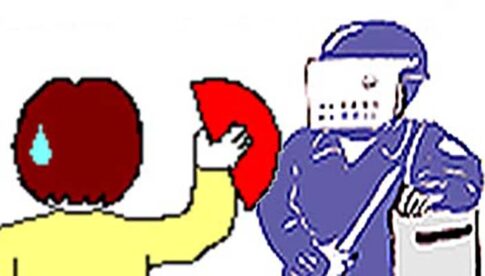


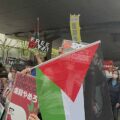

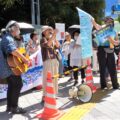

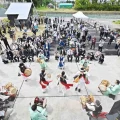

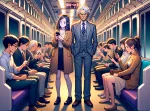


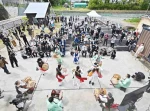
Leave a Reply